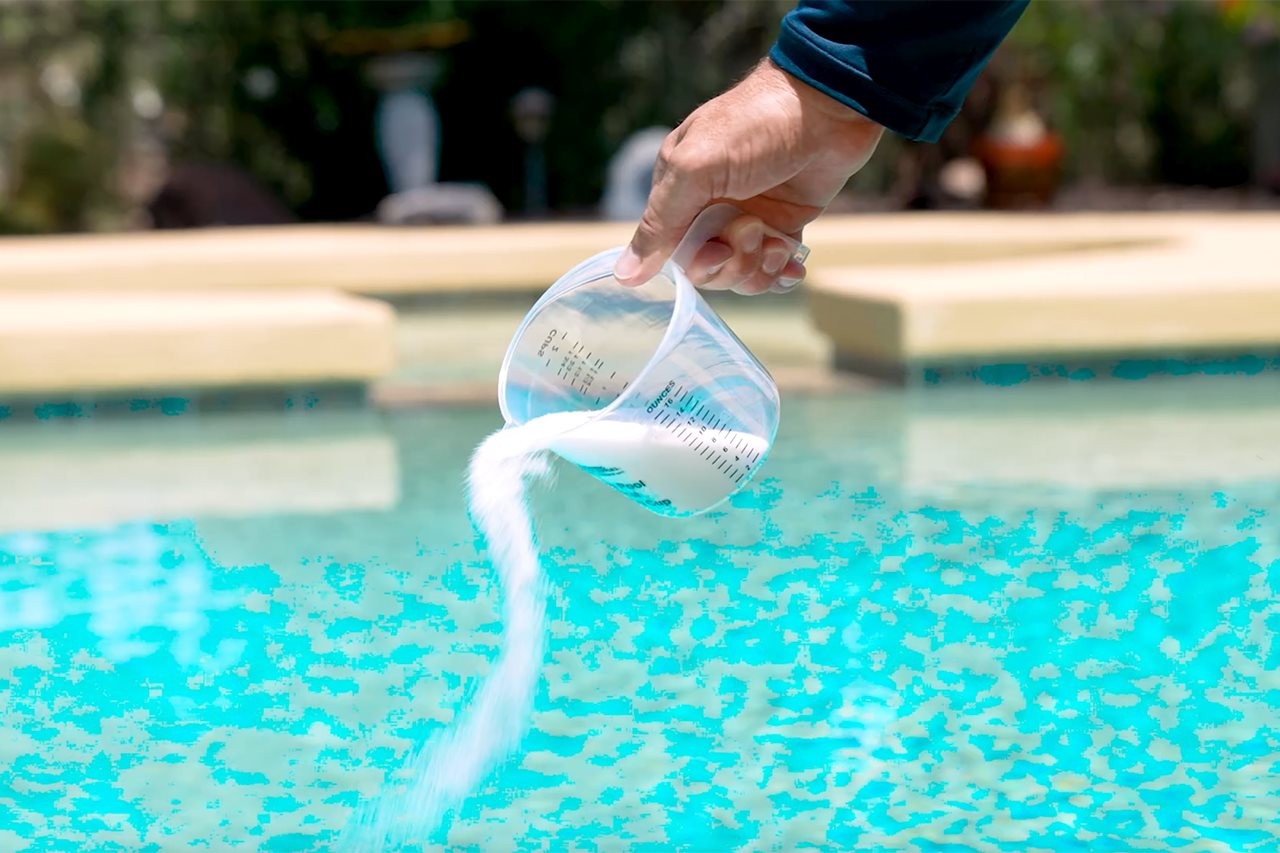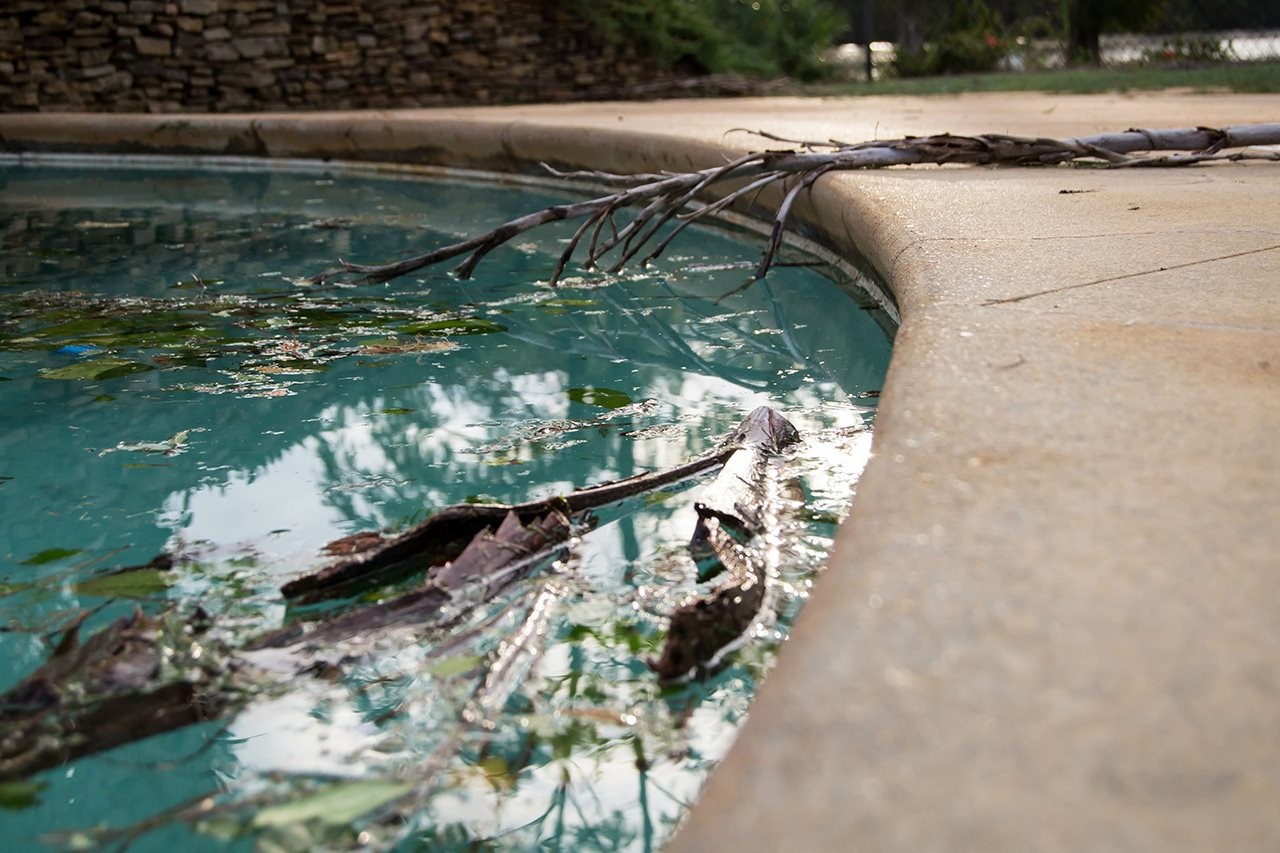
(BPT) – If you live in hurricane-affected areas of the country, and you own a pool, it’s important to know how to best protect your pool investment. Taking a few simple steps before a hurricane hits can leave the pool in better shape after the storm passes, and may help you avoid the worst of the damage. While learning how to prepare your pool for a hurricane, take some time to review the steps you should take afterward, so you can enjoy your pool once again.
Preparing for a hurricane

Don’t just guess what might help your pool during a storm. These tips come from the experts at Leslie’s, who help homeowners care for their pools in any weather.
- Don’t lower the water level: Elevated water tables caused by rain and flooding can pop a pool out of the ground. Keeping it full weighs it down.
- Protect equipment: Turn off power and cover electrical components in tightly sealed, waterproof plastic. If flooding is expected, disconnect ground-level electrical items, such as the pump, and temporarily store them somewhere elevated and dry.
- Prepare the area: Remove or secure loose items that could blow away or fall into the pool (chairs, tables, pool toys, etc.). Although tempting, don’t put furniture or other large objects into the pool. This can cause staining and damage to pool surfaces after the storm passes.
- Add chlorine: Superchlorinating your pool before a storm can help fight off contaminants introduced into the water, and will come in handy if you’re without power for a few days.
- Keep the pool uncovered: During a hurricane, large debris and high winds can easily ruin your pool cover. You’ll likely get debris into your pool, regardless of whether it’s covered or not — so protect your cover by leaving it off the pool.
Cleaning up after a hurricane

When the storm has passed and you have the “all clear” to return home and resume normal activities, follow these steps to get your pool safe to enjoy with your family once again.
Don’t completely drain the pool: Again, elevated water tables following a severe storm event may cause damage to an inground pool. If necessary, you can lower the water level to its normal position (halfway up the skimmer) with the help of a submersible pump or by backwashing the filter (once you get the equipment up and running).
In most cases, it’s possible to clean up what you have, and the following tips will help you get your sparkling pool back. On the other hand, if you’re dealing with ocean contamination or a situation where the water is not recoverable, always consult with a pool service professional first to avoid permanently damaging the pool structure.
Remove leaves and large debris: Use a skimmer net or leaf rake to scoop out as much debris as possible. Clean out the pump strainer and skimmer baskets.
Restore power to equipment: Reconnect equipment, remove waterproofing measures, and inspect all equipment for signs of impact or water damage. If your equipment is dry and appears to be in good condition, you can restore the power when it’s safe to do so. If not, seek the advice of a pool service professional.
Circulation and filtration: If you’re able to run the pump and filter system, run it 24/7 until the water turns clear again. If the water is especially dirty, you may need to clean the filter a few times since it may quickly fill with debris.
- While the pump is running, brush and vacuum the walls and floor. You may need to do this a few times, depending on the pool’s condition. An automatic pool cleaner can help.
- Balance and shock the pool. As soon as you’re able to use the pump, add chlorine to the water to keep contaminants under control. Balancing the water first is ideal, but may not be feasible for extremely soiled pools. In these cases, add the chlorine first, then balance later. Most local pool stores offer professional water testing to help you gauge the status of your water chemistry. Leslie’s offers free in-store AccuBlue® water tests, which precisely measure 10 water chemistry factors and provide step-by-step recommendations for recovering your post-storm pool water.
- Use enzymes and clarifiers to help clear up the water faster. Severe storms can bring lots of microscopic debris into the water and make it cloudy. Use enzymes and clarifiers to help clear up the water faster.
Following these steps before and after a hurricane should help you keep your pool in good shape — or at least help restore water conditions quickly — so you can get back to your normal routine.
